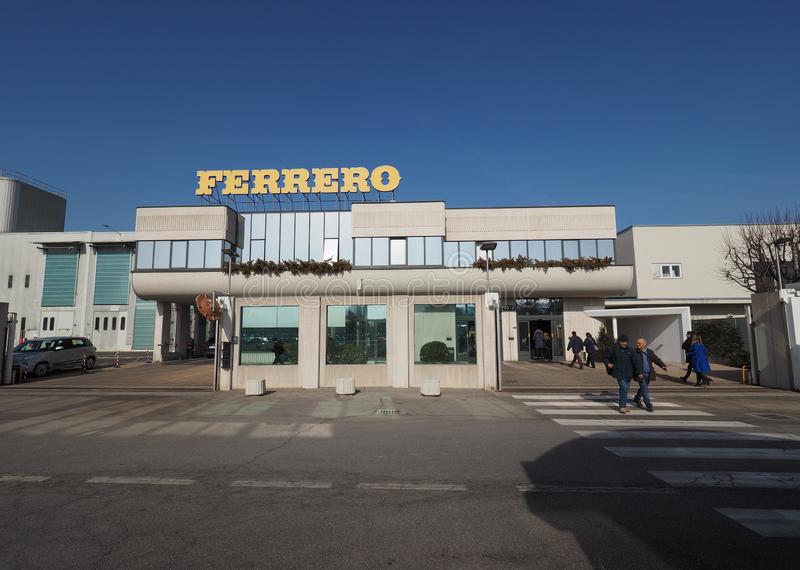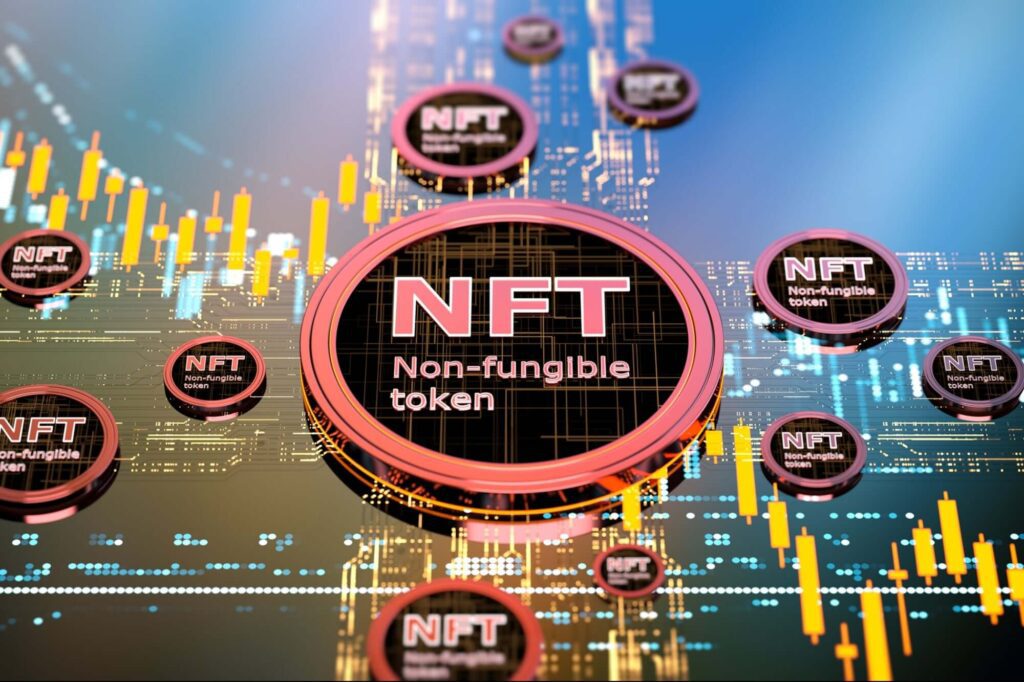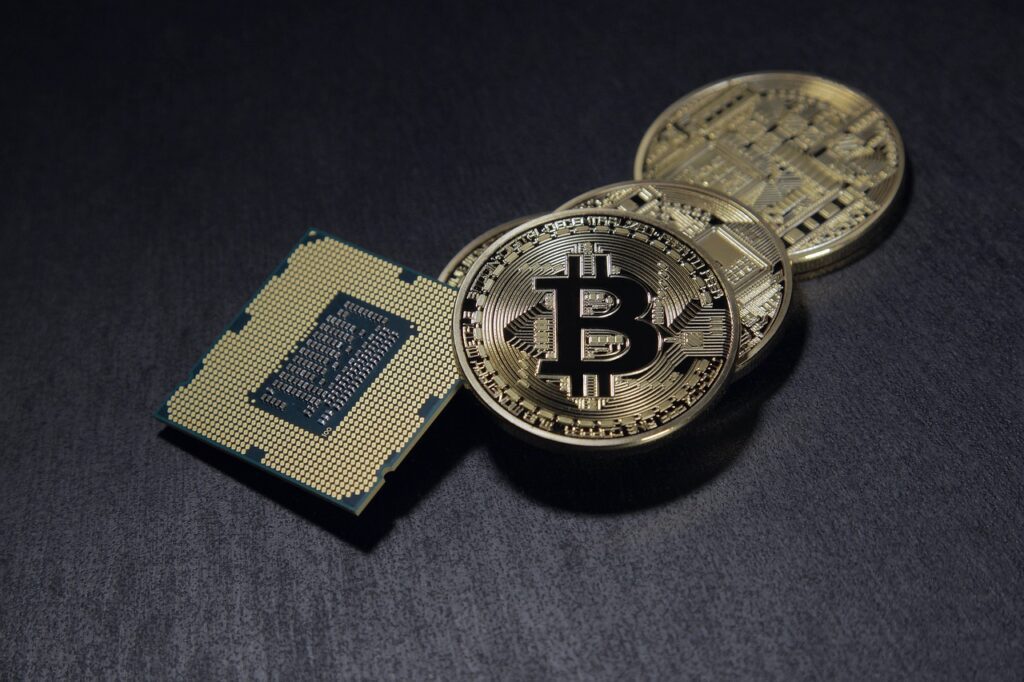Blockchain,Blockchain Blockchain….. Almost everyone in this world who has a little bit interest in technology, they are hearing about blockchain everywhere but still confused about it. I may guess you too. They are eagerly want to understand what is blockchain.
So in this, blog we are going to explain you blockchain in very simple manner. Even who has no idea about blockchain will know almost everything about blockchain.The only condition is that as a reader you have to read the full blog.
1) What Is Blockchain

Blockchain is a system of recording information in a way that makes it difficult or impossible to change, hack, or cheat the system.
A blockchain is a distributed database or ledger that is shared among the nodes of a computer network. As a database, a blockchain stores information electronically in digital format. Blockchains are best known for their crucial role in cryptocurrency systems, such as Bitcoin, for maintaining a secure and decentralized record of transactions. The innovation with a blockchain is that it guarantees the fidelity and security of a record of data and generates trust without the need for a trusted third party.
2) How Does Blockchain Work?
The whole point of using a blockchain is to let people – in particular, people who don’t trust one another – share valuable data in a secure, tamperproof way.- MIT Technology Review.
To understand how blockchain works, you have to first look at the three important concepts of blockchain: blocks, nodes and miners.
Blocks:-
Every chain consists of multiple blocks and each block has three basic elements;
The data in the block:-
A 32-bit whole number called a nonce. The nonce is randomly generated when a block is created, which then generates a block header hash. The hash is a 256-bit number wedded to the nonce. It must start with a huge number of zeroes (i.e., be extremely small).When the first block of a chain is created, a nonce generates the cryptographic hash. The data in the block is considered signed and forever tied to the nonce and hash unless it is mined.
Miners
Miners create new blocks on the chain through a process called mining.
In a blockchain every block has its own unique nonce and hash, but also references the hash of the previous block in the chain, so mining a block isn’t easy, especially on large chains.
Miners use special software to solve the incredibly complex math problem of finding a nonce that generates an accepted hash. Because the nonce is only 32 bits and the hash is 256, there are roughly four billion possible nonce-hash combinations that must be mined before the right one is found. When that happens miners are said to have found the “golden nonce” and their block is added to the chain.
Making a change to any block earlier in the chain requires re-mining not just the block with the change, but all of the blocks that come after. This is why it’s extremely difficult to manipulate blockchain technology. Think of it as “safety in math” since finding golden nonces requires an enormous amount of time and computing power.
When a block is successfully mined, the change is accepted by all of the nodes on the network and the miner is rewarded financially.
Nodes
One of the most important concepts in blockchain technology is decentralization. No one computer or organization can own the chain. Instead, it is a distributed ledger via the nodes connected to the chain. Nodes can be any kind of electronic device that maintains copies of the blockchain and keeps the network functioning.
Every node has its own copy of the blockchain and the network must algorithmically approve any newly mined block for the chain to be updated, trusted and verified. Since blockchains are transparent, every action in the ledger can be easily checked and viewed. Each participant is given a unique alphanumeric identification number that shows their transactions.
Combining public information with a system of checks-and-balances helps the blockchain maintain integrity and creates trust among users. Essentially, blockchains can be thought of as the scalability of trust via technology.
3) Uses of blockchain
There are many uses of Blockchains. Here are some most important uses….
• Banking and Finance:- Blockchains, both public and private, can be implemented across a variety of use cases in the financial world, opening up new sectors of banking services that benefit both banks and customers by allowing faster, cheaper, more secure and more inclusive transactions.
• Healthcare:- A Blockchain network is used in the healthcare system to preserve and exchange patient data through hospitals, diagnostic laboratories, pharmacy firms, and physicians. Blockchain applications can accurately identify severe mistakes and even dangerous ones in the medical field.
Similarly Blockchain can be used or even currently used in many different different sectors, like Currency, Property Records, Smart Contracts, Voting.
4) Pros and Cons of Blockchain
Along with many benefits or pros, there are some cons with this blockchain technology.
Pros
• Enables Decentralized Trust
• Low Cost of Operation
• No Single Point of Failure
• Improved Security & Confidentiality
• Faster Transactions
Cons
• Less Scalability
• Security Concerns
• High Cost
• Competitiveness
• Blockchain transactions take longer than traditional payment methods.
So the blog is end here but this is not an end of blockchain technology. Blockchain technology is currently new to the world & technology experts are going to dig deeper in it. We will learn something wonderful about blockchain in the next 5 years. We hope now after reading this blog, most of you have got the clarity about what blockchain is.
Thank you readers!! If you have any query related to this or any other blog of this website, you can send an email on the given email id. We will love to communicate with you.











Pingback: What is NFT ARTWORK? - Vedaon